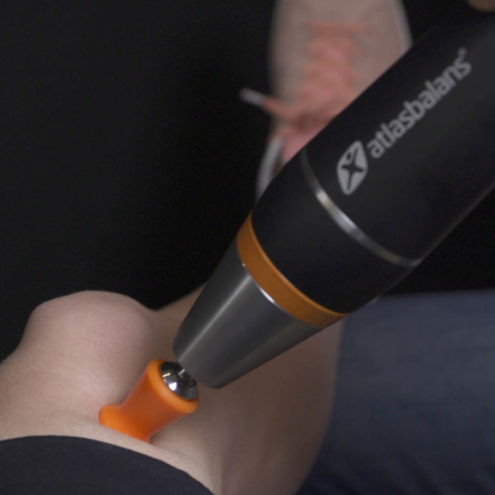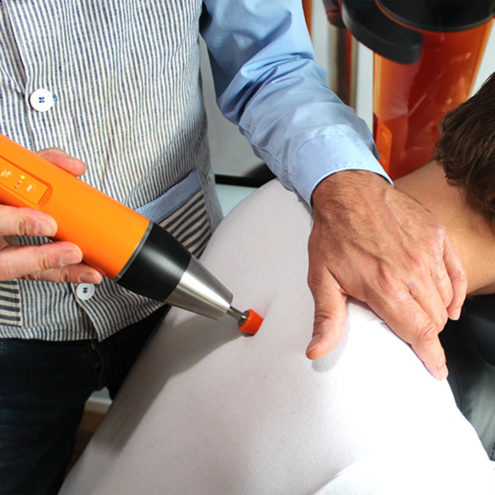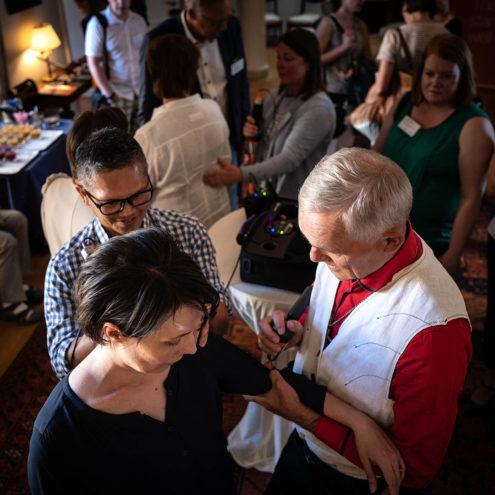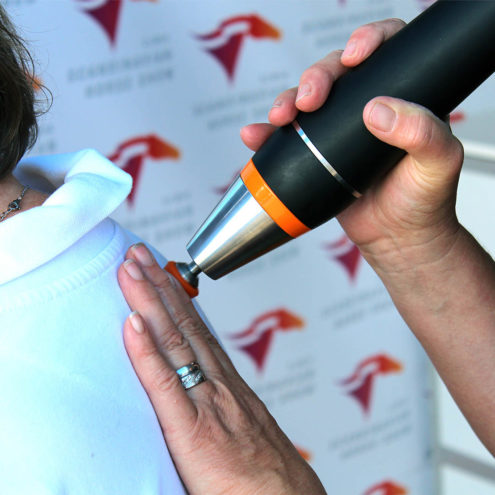What is enthesopathy?

Entesopathy is a condition involving inflammation, irritation or damage to the entheses. Entheses are the places where tendons or ligaments attach to bone. This condition can affect different parts of the body and cause pain and disability.
Definition and Overview
The anatomy of entheses
Enteses are the critical areas where tendons or ligaments attach to the bones. These structures play a crucial role in transmitting forces from muscles to bones, enabling us to move. Because of their mechanical function and localization in the body, entheses are particularly vulnerable to injury and inflammation.
Different types of enthesopathies
Entesopathies can be classified by their location or cause. Examples include Achilles tendonitis, plantar fasciitis and golfer’s elbow. These conditions can affect different people depending on their activity levels, age and health status.
Causes of enthesopathy
Mechanical overload and damage
Mechanical overload, such as from repetitive movements or sudden, intense activities, can lead to enthesopathy. Injuries from accidents or sports activities are also common causes. Examples of common enthesopathies caused by overload and injury are inflammation of the Achilles tendon and heel spurs.
Inflammatory diseases
Diseases such as rheumatoid arthritis and psoriatic arthritis can cause inflammatory changes in the entheses, leading to enthesopathy.
Metabolic and endocrine factors
Conditions such as diabetes and thyroid disorders can affect the body’s entheses and contribute to the development of enthesopathy. Being overweight can put more pressure on the joints so the entheses can be more easily damaged.
Heredity
If someone in the family suffers from a joint disease, there is a greater risk of suffering from enthesopathy.
Symptoms and diagnosis of enthesopathy
Common symptoms
Symptoms of enthesopathy include pain on entry, swelling, tenderness to the touch and reduced range of motion in the affected area. In mild symptoms, enthesopathy can be most annoying and you can carry out daily activities without much difficulty. For severe symptoms that affect your daily life, you should seek medical attention.
Diagnostic methods
The diagnosis of enthesopathy may involve physical examination with tests to provoke pain and the individual’s medical history. Sometimes imaging techniques such as X-ray, ultrasound or MRI to assess the degree of inflammation and damage to the enthesis may be necessary.
Differential diagnoses
It is important to distinguish enthesopathy from other musculoskeletal conditions, such as osteoarthritis or muscle injuries, to ensure proper treatment.
Treatment of enthesopathy
After diagnosis, the doctor creates a recommended treatment plan based on the severity of their symptoms and the area affected. The treatment plan may also include treatment of underlying diseases that may cause the enthesopathy. Treatment of enthesopathy aims to reduce pain, inflammation and to restore function.
Conservative treatment and physiotherapy
Entesopathy is mainly treated with anti-inflammatory tablets. If these do not help, the doctor may recommend cortisone injection in the affected area. Physiotherapy with light strengthening and stretching exercises can reduce pressure on the affected joint, reduce pain and increase circulation.
Surgical options
For patients who do not respond to conservative treatment, surgery may be the last resort to repair or improve the structure of the joint. In very severe cases, the entire joint may need to be replaced with a prosthesis.
How we can help you
At FasciaClinics, we specialize in seeing and treating the body from a holistic perspective. We perform fascia treatments, a highly effective treatment method that focuses on treating and maintaining the fascia in our body. The fascia is the network of connective tissue that binds and permeates everything in our body. All cells, tissues (even bone tissue), muscles and organs contain fascia. Fascia is also very rich in pain receptors, known as nociceptors, which respond to stimuli such as pressure and send signals to the central nervous system where they are interpreted as pain. In inflammation, the fascia thickens, increasing the pressure on the pain receptors, which then constantly send out pain signals.
Fascia treatment focuses on releasing tension and adhesions in the fascia and increasing its flow. This reduces the pressure in the fascia and on the pain receptors. A supple fascia with good flow allows for increased mobility of the body with less pain and improved self-healing.
During a visit, we analyze the whole body to see where compensations and imbalances are and how they have spread. If there is an imbalance in the body, there is a risk that they will spread and affect other structures. That’s why it’s very important to seek help quickly as soon as you notice any symptoms. Imbalances can lead to tendons and ligaments becoming overstretched more easily, increasing the risk of enthesopathies developing.
 Search
Search


































